Home>diy>Building & Construction>How Many Construction Sites In The US
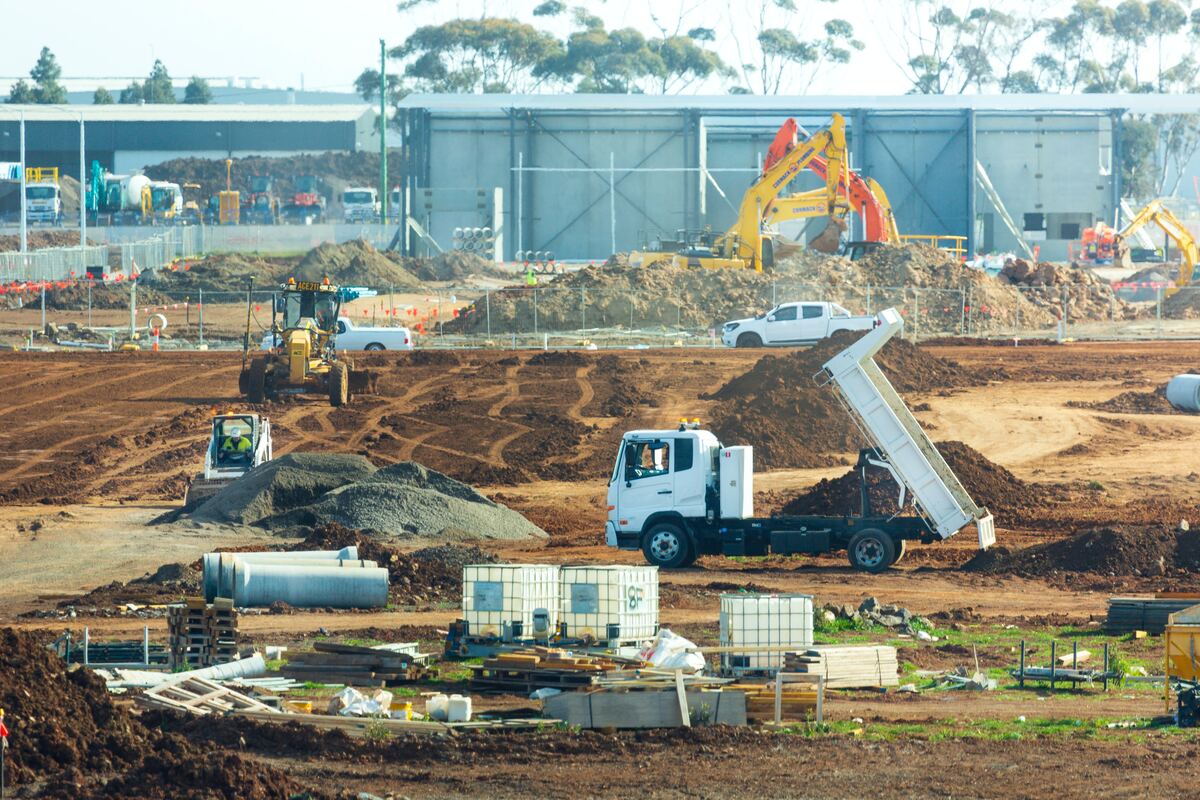

Building & Construction
How Many Construction Sites In The US
Modified: January 9, 2024
Discover the latest statistics on building construction in the US, including the number of active construction sites and key industry insights. Explore the growth and trends in the building construction sector.
(Many of the links in this article redirect to a specific reviewed product. Your purchase of these products through affiliate links helps to generate commission for Storables.com, at no extra cost. Learn more)
**
Introduction
**
The construction industry in the United States is a vital sector that significantly contributes to the nation's economic growth and development. It encompasses a wide range of activities, including the construction of residential buildings, commercial structures, infrastructure projects, and industrial facilities. The presence of construction sites across the country is a testament to the ongoing progress and expansion within this industry.
Construction sites are dynamic environments where skilled workers, advanced machinery, and innovative technologies converge to bring architectural designs to life. From towering skyscrapers in bustling urban centers to residential communities in suburban landscapes, construction sites represent the physical manifestation of progress and development.
In this article, we will delve into the intriguing world of construction sites in the US, exploring the factors influencing their numbers, regional distribution, and the overall landscape of the construction industry. By gaining insights into the prevalence and distribution of construction sites, we can better understand the impact of this industry on the nation's infrastructure, economy, and communities. Let's embark on a journey to uncover the fascinating dynamics of construction sites across the United States.
**
Key Takeaways:
- The number of construction sites in the US is influenced by factors like economic conditions, population growth, regulations, infrastructure investments, environmental considerations, and technological advancements, shaping the dynamic construction landscape.
- Construction sites are concentrated in urban centers, suburban areas, rural regions, coastal and waterfront areas, and infrastructure hubs, reflecting the diverse patterns of construction activity across different regions of the United States.
Read more: How Many Construction Workers Are In The US
Overview of Construction Industry in the US
**
The construction industry in the United States is a cornerstone of the nation’s infrastructure and economic prosperity. It encompasses a diverse array of construction activities, including residential, commercial, industrial, and infrastructure projects. The industry is fueled by a combination of skilled labor, innovative technologies, and strategic planning to bring ambitious architectural visions to fruition.
One of the key drivers of the construction industry is the demand for new infrastructure and the maintenance of existing structures. Residential construction caters to the housing needs of the population, while commercial and industrial projects support the growth of businesses and industries. Additionally, infrastructure projects such as roads, bridges, and utilities play a pivotal role in facilitating transportation, connectivity, and public services.
The construction industry is a significant contributor to the nation’s economy, providing employment opportunities, fostering economic growth, and driving innovation. It serves as a barometer of economic activity, reflecting the overall health of the economy. As such, fluctuations in construction activities can have far-reaching implications for various sectors of the economy.
Furthermore, the construction industry is characterized by a complex network of stakeholders, including architects, engineers, contractors, subcontractors, suppliers, and regulatory bodies. Collaboration and coordination among these stakeholders are essential to ensure the successful execution of construction projects, from initial planning stages to project completion.
Technological advancements have also revolutionized the construction industry, introducing innovative construction methods, sustainable practices, and digital tools that enhance efficiency and productivity. From advanced building materials to Building Information Modeling (BIM) software, technology has reshaped the construction landscape, offering new possibilities for design, construction, and project management.
As we delve deeper into the world of construction sites in the US, it is essential to recognize the multifaceted nature of the construction industry and its profound impact on the nation’s infrastructure, economy, and society.
**
Factors Affecting the Number of Construction Sites
**
The number of construction sites in the United States is influenced by a myriad of factors that shape the landscape of construction activities across the country. These factors encompass economic, demographic, regulatory, and environmental elements, each playing a crucial role in determining the prevalence and distribution of construction sites.
1. Economic Conditions: The state of the economy significantly impacts the construction industry. During periods of economic growth, there is heightened demand for new construction projects, leading to an increase in the number of construction sites. Conversely, economic downturns may result in a slowdown of construction activities, affecting the number of active construction sites.
2. Population Growth and Urbanization: Demographic trends, such as population growth and urbanization, drive the need for residential and commercial construction. As urban centers expand and populations increase, the demand for housing, infrastructure, and amenities fuels the proliferation of construction sites in urban and suburban areas.
3. Regulatory Policies: Government regulations and policies, including zoning laws, building codes, and environmental regulations, influence the location and scope of construction projects. Compliance with regulatory requirements can impact the feasibility and timing of construction activities, thereby affecting the number of construction sites in a given area.
4. Infrastructure Investments: Public and private investments in infrastructure projects, such as transportation networks, utilities, and public facilities, play a pivotal role in shaping the construction landscape. Increased infrastructure spending can lead to a surge in construction sites dedicated to infrastructure development and improvement.
5. Environmental Considerations: Environmental factors, including land use, natural resources, and environmental conservation efforts, can impact the availability of land for construction and the implementation of sustainable construction practices. Balancing development with environmental preservation influences the selection and utilization of construction sites.
6. Technological Advancements: Innovations in construction technologies, materials, and methodologies can influence the efficiency and scale of construction projects. Advancements such as modular construction, 3D printing, and smart building systems can impact the number and nature of construction sites, particularly in terms of speed and complexity of construction.
By examining these factors, we can gain a deeper understanding of the dynamic forces that shape the construction industry and contribute to the proliferation of construction sites throughout the United States.
**
The US has over 680,000 construction companies, so there are likely hundreds of thousands of construction sites across the country at any given time. Keep in mind that this number can fluctuate based on economic conditions and the demand for new construction projects.
Data on Construction Site Numbers
**
Obtaining precise and comprehensive data on the exact number of construction sites in the United States is a complex endeavor due to the dynamic and decentralized nature of the construction industry. However, various sources provide valuable insights and indicators that shed light on the scale and distribution of construction activities across the country.
1. Building Permits: The issuance of building permits serves as a fundamental metric for gauging construction activity. Local government agencies and municipalities issue building permits for new construction, renovations, and alterations, providing a tangible indication of the volume of construction projects within specific jurisdictions.
2. Construction Spending Reports: National and regional construction spending reports compiled by government agencies and industry organizations offer valuable data on the financial investment in construction projects. These reports provide an overview of construction spending across residential, commercial, and infrastructure sectors, offering insights into the magnitude of construction activities.
3. Industry Surveys and Reports: Market research firms and industry associations conduct surveys and publish reports that analyze construction trends, project pipelines, and regional construction dynamics. These insights contribute to a comprehensive understanding of construction site numbers and the prevailing trends within the industry.
4. Employment and Labor Statistics: Employment data within the construction sector, including the number of construction workers and labor force participation, can provide indirect indicators of construction site numbers. Fluctuations in construction employment reflect changes in construction activity and the demand for construction sites.
5. Satellite Imagery and Geospatial Analysis: Advancements in geospatial technology and satellite imagery enable the identification and monitoring of construction sites from a spatial perspective. Remote sensing and geospatial analysis techniques offer a unique vantage point for assessing the distribution and density of construction activities across different regions.
While precise quantification of construction site numbers may be challenging, the convergence of data from building permits, construction spending reports, industry surveys, employment statistics, and geospatial analysis contributes to a comprehensive overview of the construction landscape in the United States.
**
Regional Distribution of Construction Sites
**
The distribution of construction sites across different regions of the United States reflects a complex interplay of economic, demographic, and geographic factors that shape the construction landscape. Regional variations in population dynamics, economic growth, infrastructure needs, and environmental considerations contribute to distinct patterns of construction site distribution.
1. Urban Centers: Major metropolitan areas and urban centers serve as focal points for construction activity, driven by population density, commercial development, and infrastructure expansion. Skyscrapers, residential high-rises, and commercial complexes define the construction skyline of urban regions, reflecting the concentrated nature of construction sites in densely populated areas.
2. Suburban Expansion: The expansion of suburban communities and satellite cities fuels residential and commercial construction in suburban regions. Single-family homes, townhouses, and retail developments characterize the construction landscape in suburban areas, catering to the housing and lifestyle needs of suburban residents.
3. Rural Development: Construction activities in rural areas are influenced by agricultural, industrial, and infrastructure projects. The construction of agricultural facilities, rural infrastructure, and industrial developments contributes to the distribution of construction sites in rural regions, supporting the diverse needs of rural economies.
4. Coastal and Waterfront Projects: Coastal regions and waterfront areas often witness construction activities related to marine infrastructure, waterfront developments, and coastal protection projects. The unique demands of coastal environments drive the distribution of construction sites along coastlines, harbors, and waterfront districts.
5. Infrastructure Hubs: Regions with significant infrastructure needs, such as transportation hubs, logistics centers, and energy corridors, serve as focal points for infrastructure-related construction sites. The construction of highways, airports, rail networks, and energy facilities influences the regional distribution of construction activities.
6. Regional Policy and Planning: Local and regional policies, urban planning initiatives, and economic development strategies shape the distribution of construction sites. Zoning regulations, land use planning, and regional development plans influence the spatial allocation of construction projects within different regions.
Understanding the regional distribution of construction sites provides valuable insights into the diverse and dynamic construction landscape across the United States, reflecting the unique characteristics and development trajectories of each region.
**
Read more: What Is A Construction Site
Conclusion
**
The construction industry in the United States is a dynamic and multifaceted sector that encompasses a diverse array of construction activities, each contributing to the nation’s infrastructure, economy, and societal development. Construction sites serve as the physical manifestations of progress, innovation, and growth, reflecting the intricate tapestry of construction projects across the country.
By exploring the factors influencing the number of construction sites, the regional distribution of construction activities, and the data sources that offer insights into construction site numbers, we gain a deeper understanding of the complex dynamics within the construction industry. Economic conditions, demographic trends, regulatory policies, and technological advancements collectively shape the landscape of construction sites, influencing their prevalence and distribution.
Furthermore, the regional distribution of construction sites highlights the diverse construction landscapes across urban, suburban, rural, coastal, and infrastructure-centric regions. Each region exhibits unique patterns of construction activity driven by local economic, demographic, and geographic dynamics, contributing to the rich tapestry of construction projects that define the nation’s built environment.
As the construction industry continues to evolve, propelled by innovation, sustainability, and the evolving needs of communities, the prevalence and distribution of construction sites will reflect the ever-changing dynamics of the built environment. By recognizing the significance of construction sites as indicators of progress and development, we appreciate the vital role of the construction industry in shaping the physical and social fabric of the United States.
Ultimately, construction sites stand as testaments to the collective vision, expertise, and labor that converge to construct the foundations of a thriving nation, shaping skylines, communities, and infrastructure for generations to come.
Frequently Asked Questions about How Many Construction Sites In The US
Was this page helpful?
At Storables.com, we guarantee accurate and reliable information. Our content, validated by Expert Board Contributors, is crafted following stringent Editorial Policies. We're committed to providing you with well-researched, expert-backed insights for all your informational needs.
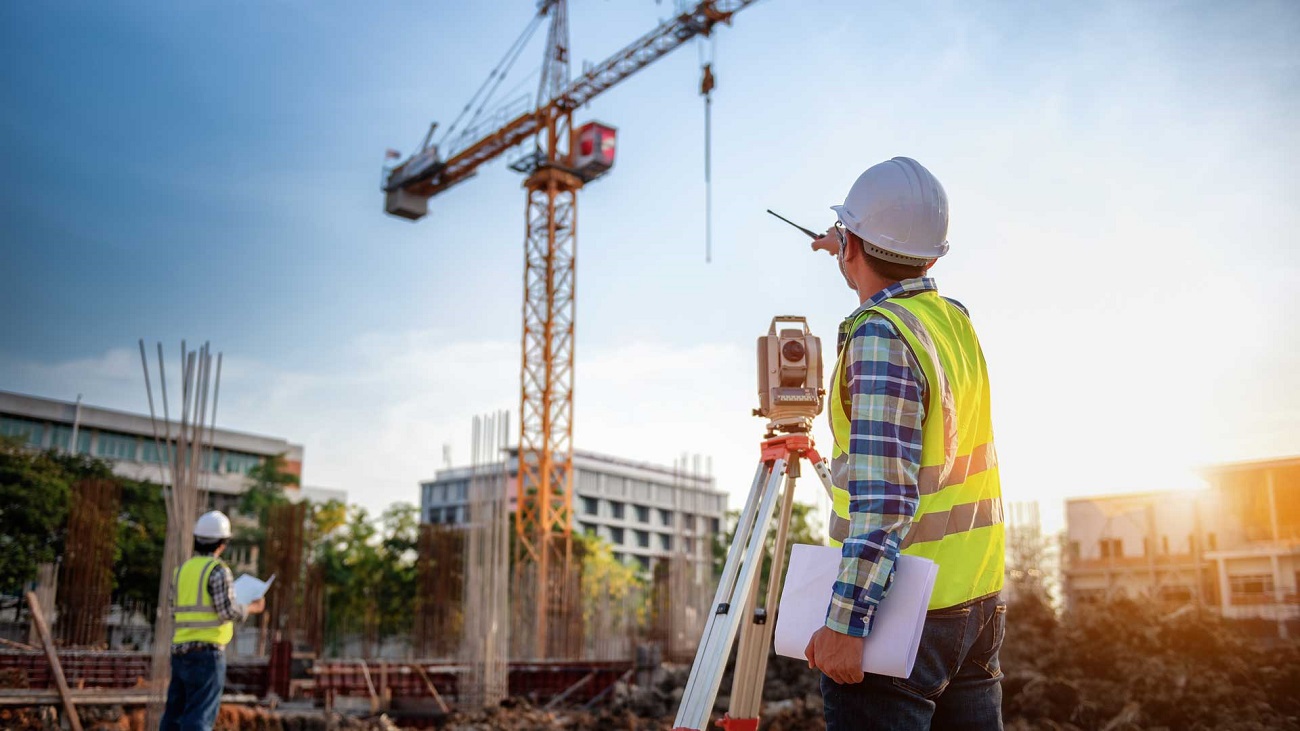

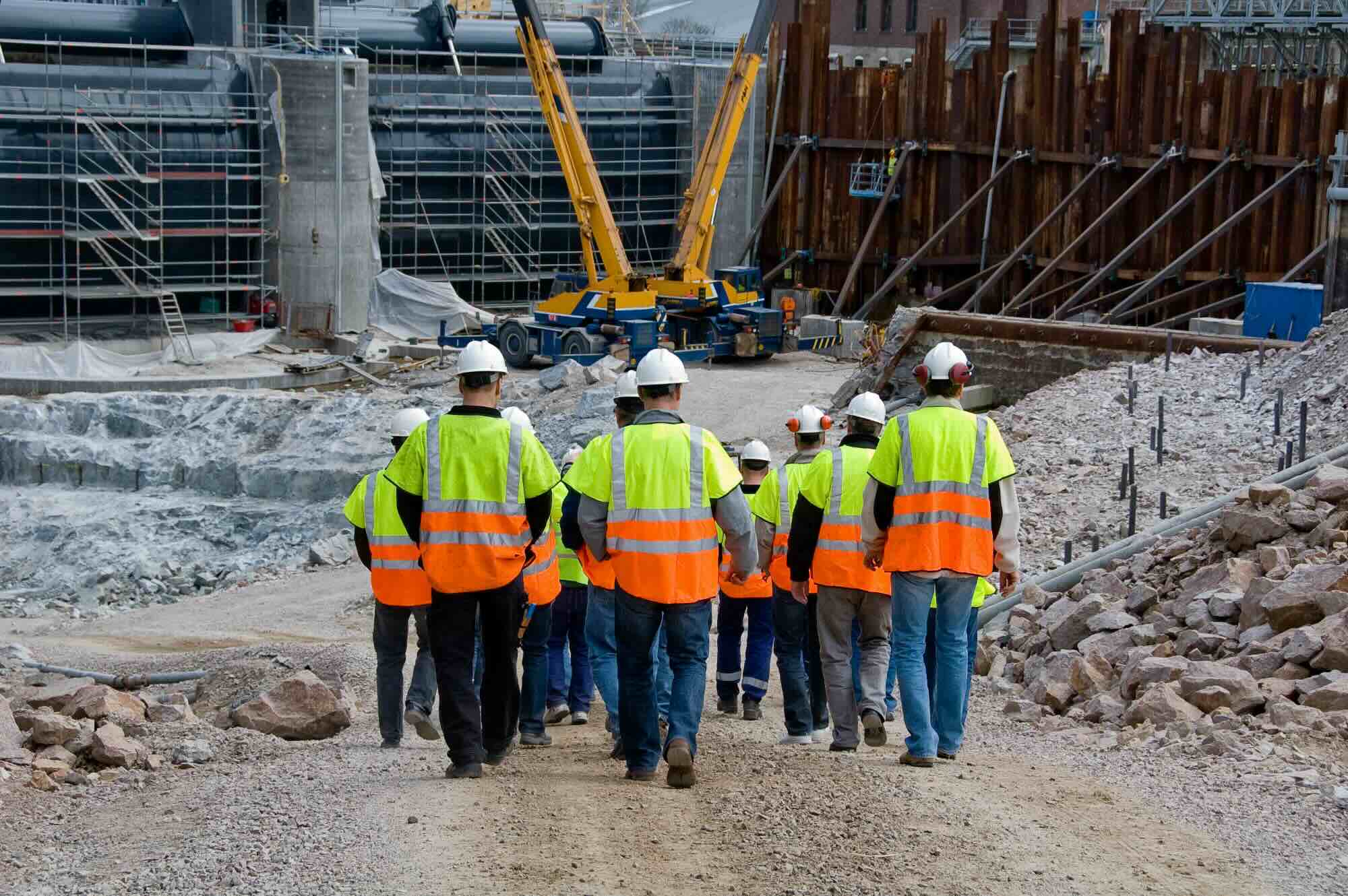
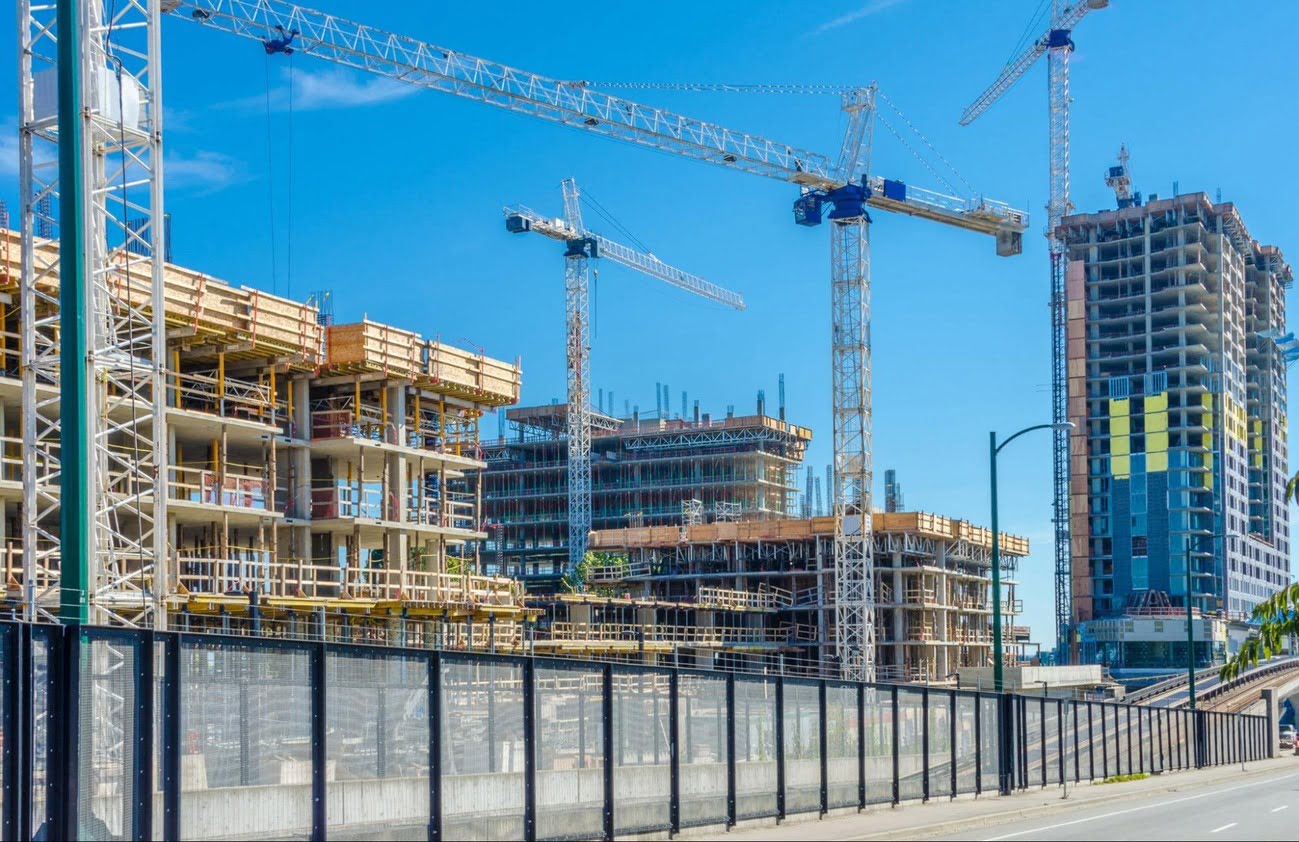
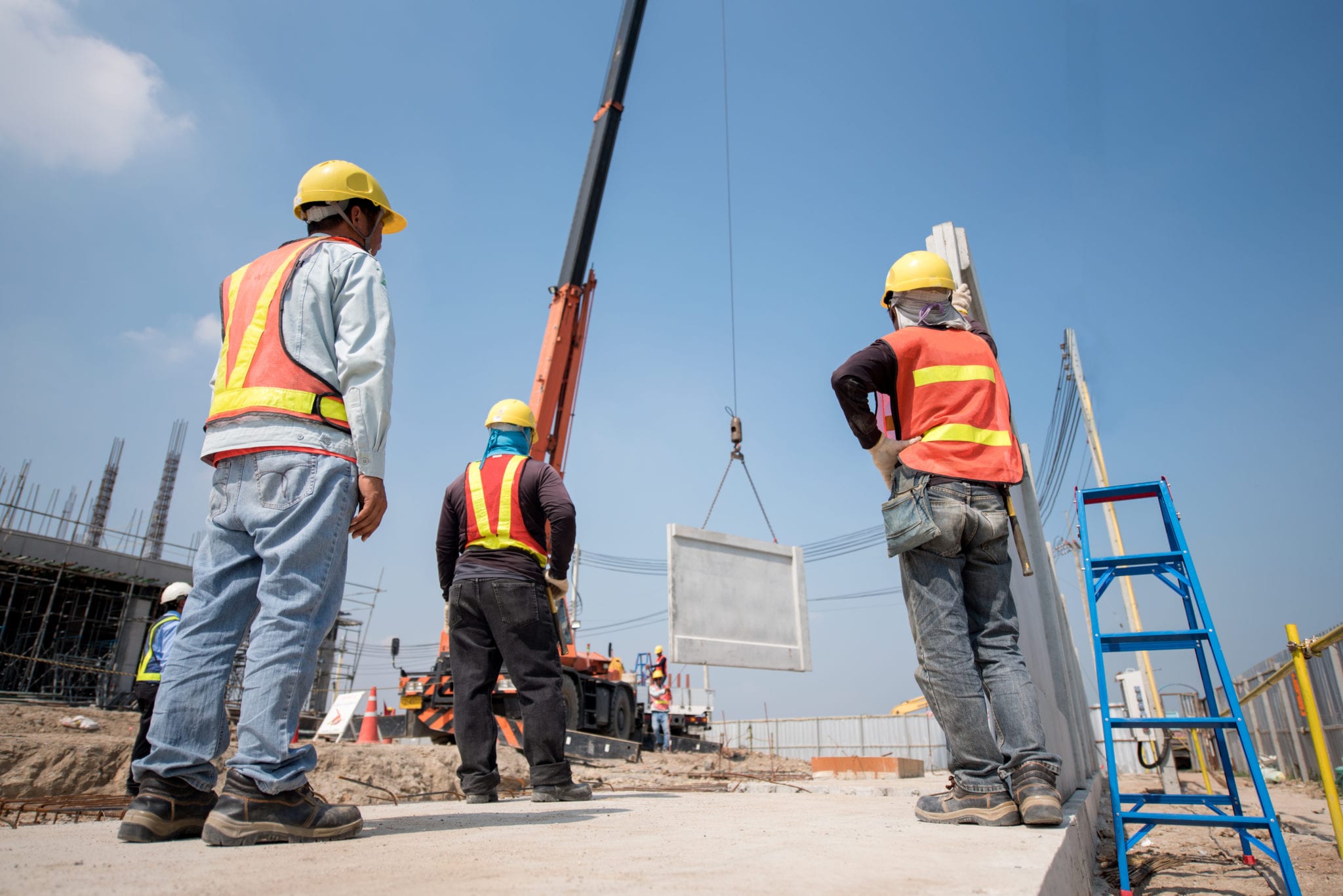

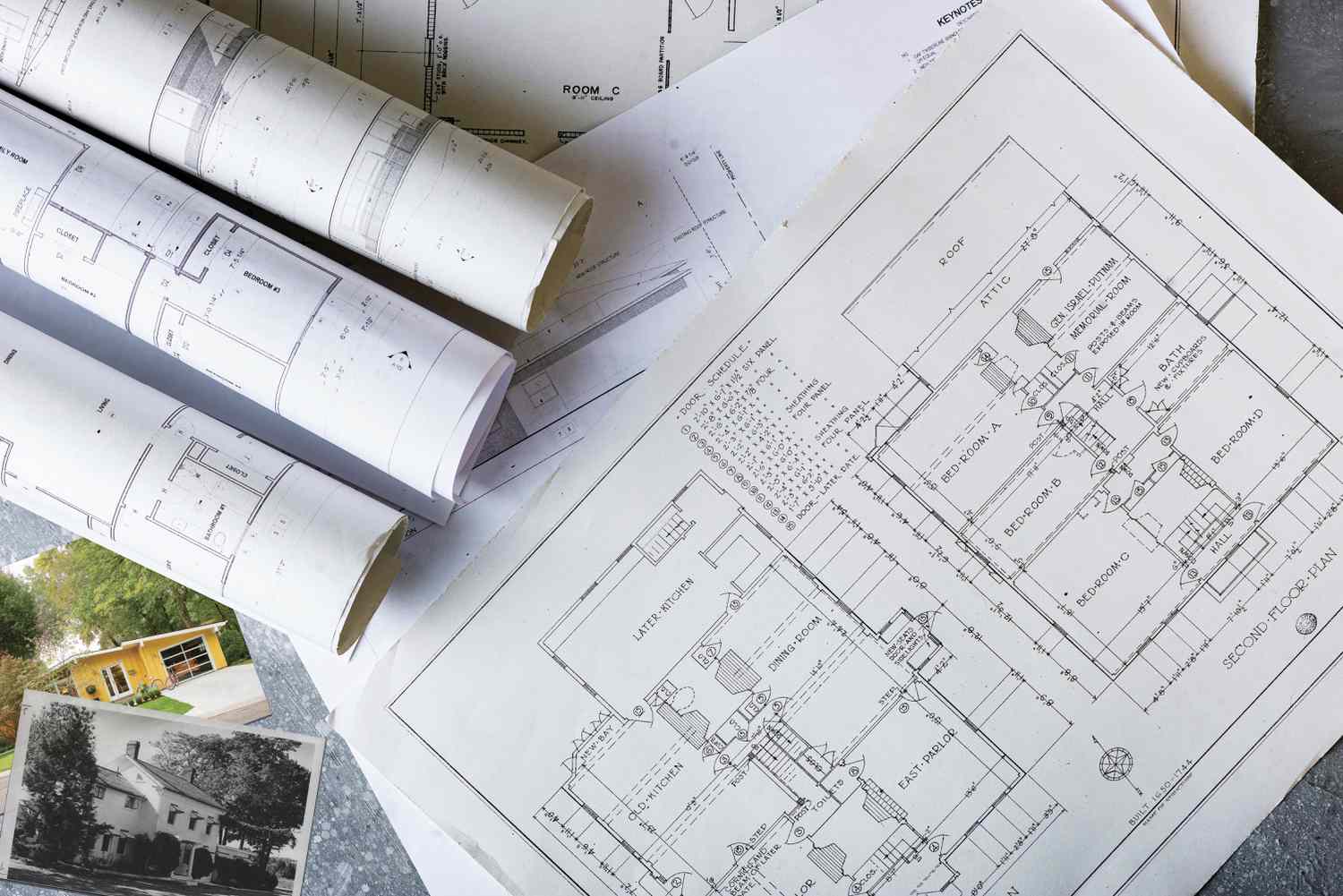
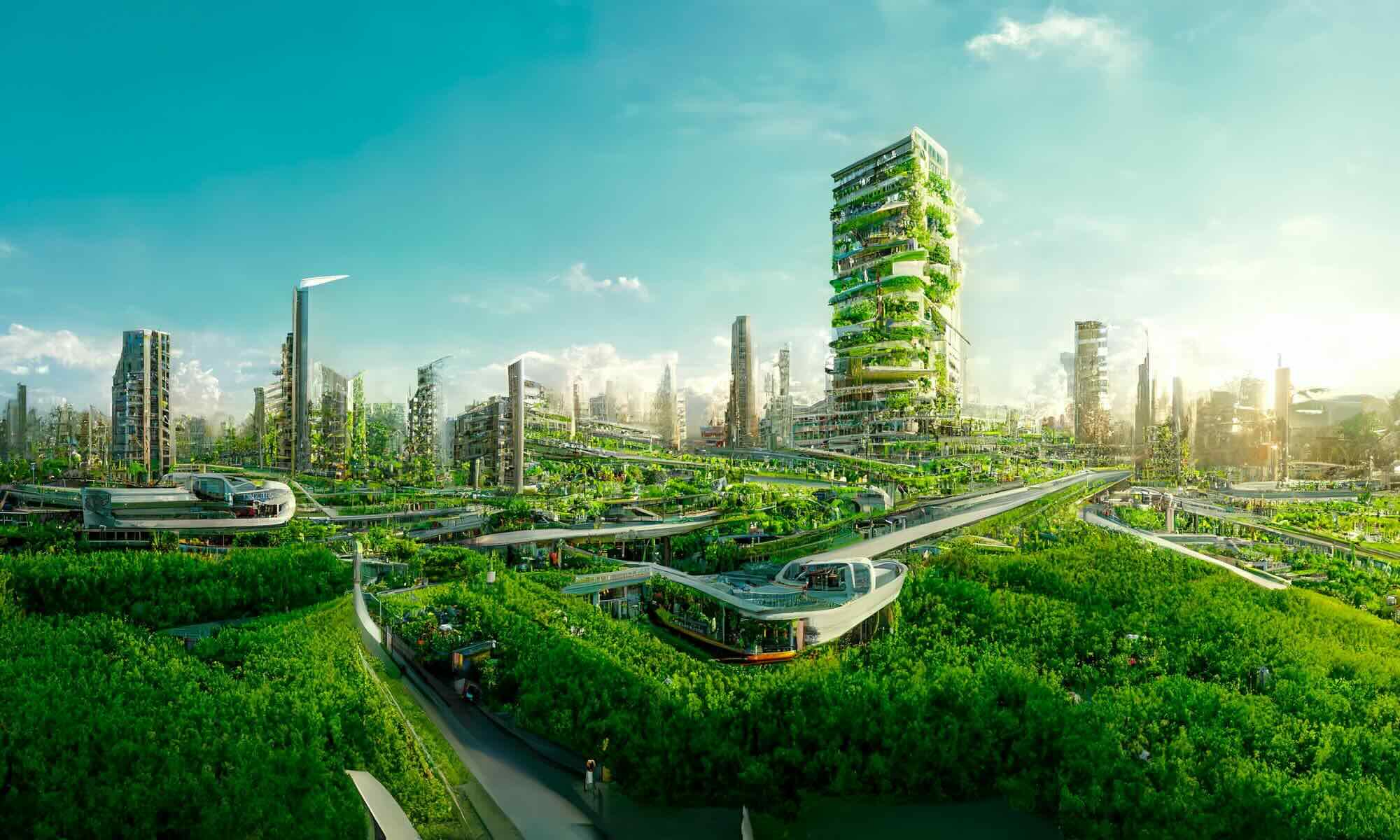
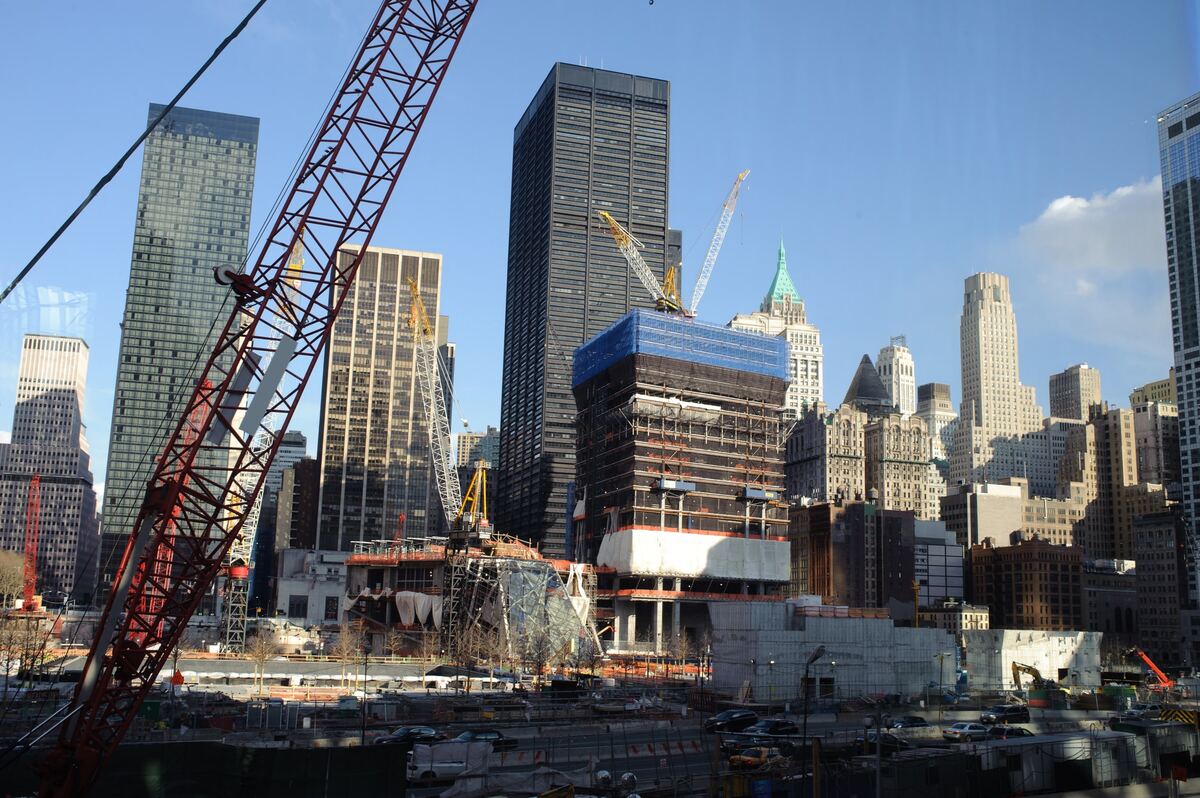
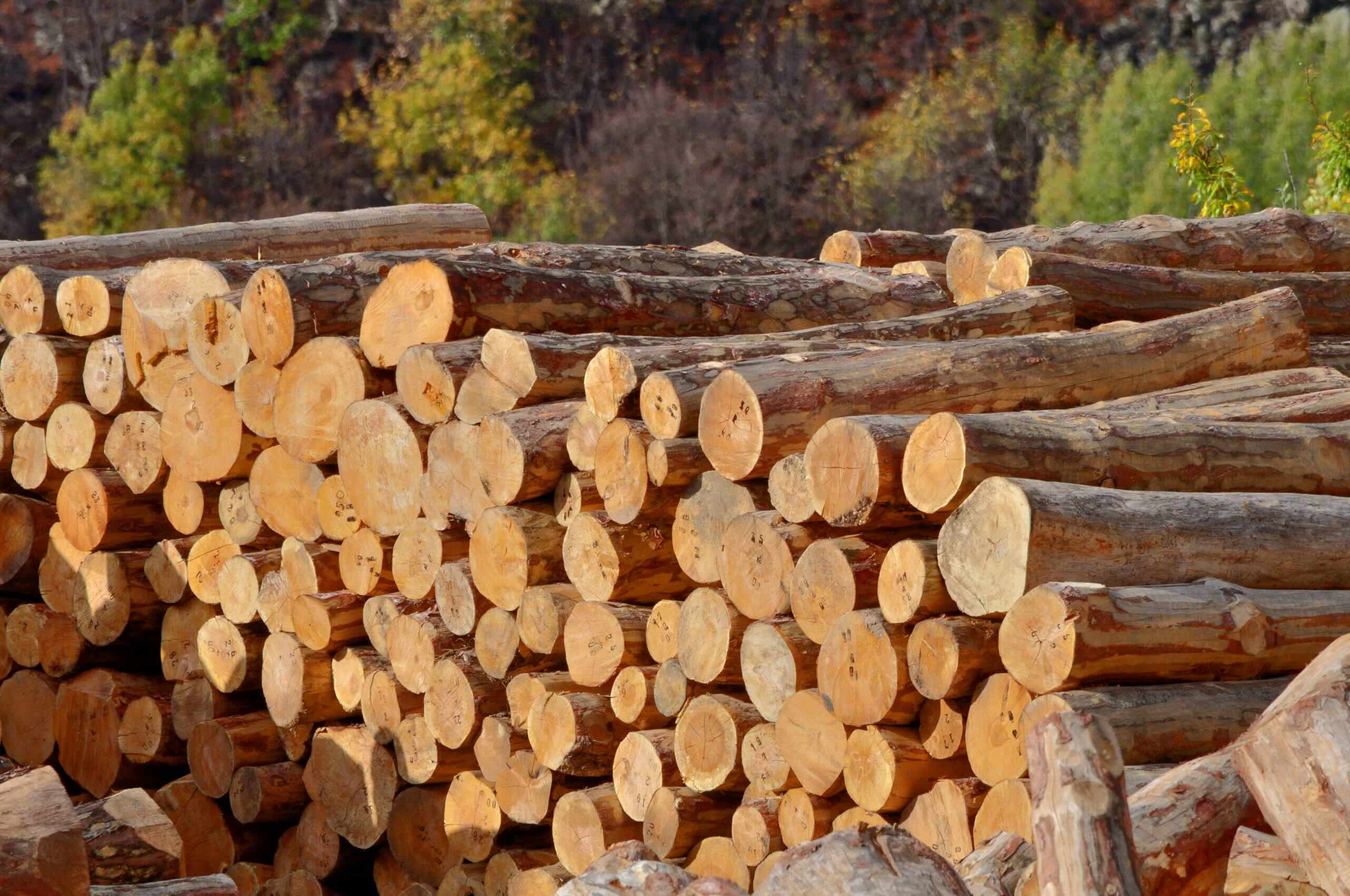

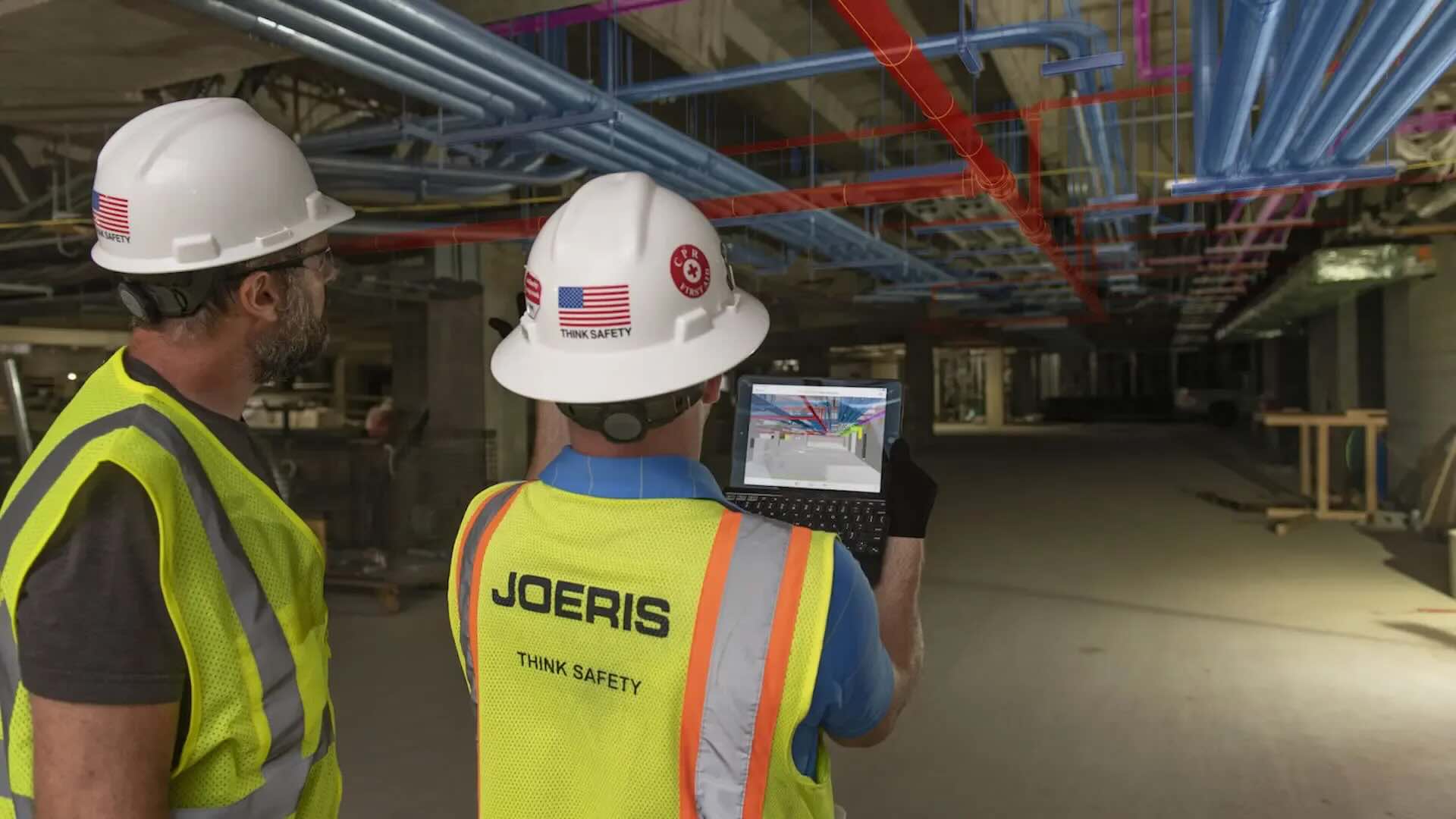



0 thoughts on “How Many Construction Sites In The US”